Basil is one of the most popular spices, without which the preparation of culinary masterpieces rarely costs. An herbal plant of purple color has a pleasant aroma and gentle taste. Basil leaves contain a large number of essential oils, vitamins of group C and B, which are useful for the human body. Although initially this plant has grown mainly in the warmth of the climate, now it is successfully cultivated on household sections in moderate latitudes. About how to plant a basil with your own hands, let's tell further.
Basilica varieties
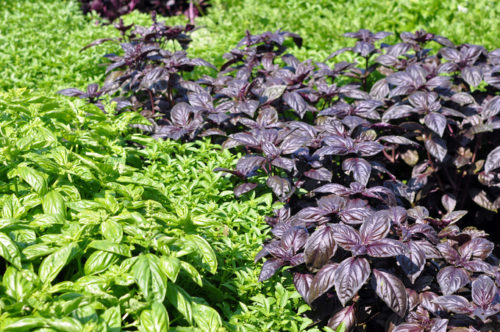
Like most spicy herbs, basil is represented by a large amount of varieties that differ from each other not only by appearance, but also taste quality:
- Basil Purple has the most pronounced flavor, so it is a very popular spice in oriental cuisine, where the main emphasis is on the bright color of the cooked dishes. Purple basil is grown mainly in Asia and the Far East.
- Basil green. Unlike purple basilica, it has a less pronounced aroma and more gentle taste. That is why the green basil is successfully applied, and, accordingly, is grown in European countries.
- Lemon basil. This type of plant was deducted artificially and is a hybrid. It has an interesting lemon flavor, thanks to which successfully applies in Italian and French cuisines.
- Clove or red basil. This plant has the most spider and interesting aroma, which resembles a carnation. In addition to culinary value, the Red Basil is a healing agent that is used in many recipes of traditional medicine. In cooking, it is great as seasoning with meat or fish dishes.
In addition to culinary or medicinal use, the basil is valuable in that its aroma repels insects. Thanks to this action, it is often planted on beds to combat pests.
Growing a basil in the open soil from seeds
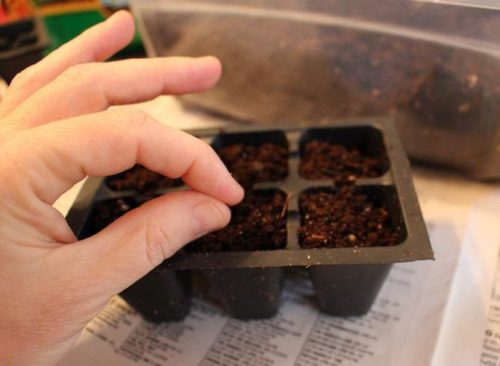
The cultivation of the seed basil is one of the most popular techniques in the household sections in the warmth climate. In the middle strip, where the temperature is not high enough, culture is better in greenhouses or greenhouses.
For our own use, the basil can be successfully grown on the windowsill in a pot, creating a mini-greenhouse on it. In this case, in any weather you can have a little fresh spice.
Rules for growing culture from seeds:
- Sowing a basilica to the site is produced only when the threat of frosts is completely passed. For the landing of the Basilica, fertile well-drained soils are needed, which are not delayed inside moisture. Its oversupply can be for the Basilica destructive.
- The area for the cultivation of the basil should be well lit and desirable to be from the southern or south-east side.
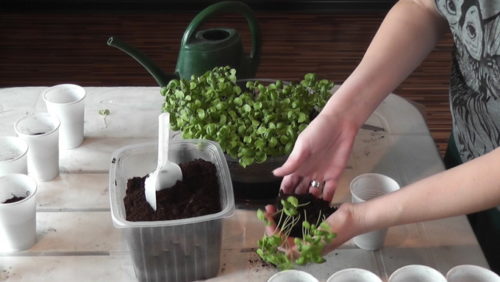
- Excellent symbiosis will be the cultivation of basil near young seedlings of fruit trees. Thanks to its specific aroma, the basil will protect the young tree from pests, and its unformed crown will not give the shadow harmful to the plant.
- When choosing a site for basil in the country, it is necessary to observe the principle of crop rotation. It is impossible to plant a basil in the same place. The interval should be at least 5 years. Otherwise, the risk of plant disease with fusariosis is significantly increasing, which is manifested by the appearance of brown spots on the leaves.
- To get a good harvest, it is necessary to accommodate to choose seeds. You need to buy them only from proven suppliers. Otherwise, no one can guarantee the result.
- The site for evidence of the basil is prepared in the fall. It is purified from leaves or tops and carefully leaving that all the roots of weeds are extincting for winter, as well as the larvae of some pests. If necessary, make fertilizers.
- Spring also make a little fertilizer and break down the large sides of the soil after winter.
- After the warm weather resists on the street, you can begin to plant the basil seeds. Sow basil in shallow grooves, the distance between which should not be less than 30 cm. The bottom of the furrow before sowing is moistened. After the placement in the furrow of the seeds is covered with soil and slightly moisturize. With too thick spares of the plant, it is necessary to break. Otherwise, they will be underdeveloped.
Growing a basil from seedlings
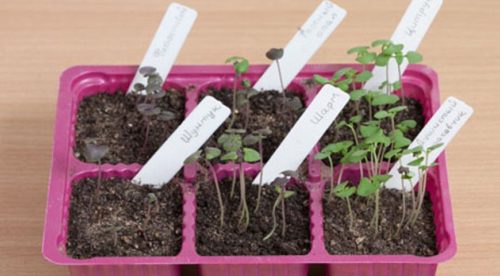
Usually this method allows you to get stronger plants than when sowing an open ground. Seeds do not receive such stress, since in the Capacity for the cultivation of seedlings, you can create more comfortable conditions for them in comparison with the open soil.
Rules for growing culture with a seaside way:
- Seed seeds on the seedlings of Basilica in the first decade of April. This requires a shallow container, which is filled with a mixture of peat and chernozem. To improve the drainage of the soil, the bottom of the container can be laid clay cuttings or broken red bricks.
- In the future, sowing in the container does not differ from sowing into open ground. The only difference is the distance between the rows. In this case, it can be much smaller.
- In order for the seeds sprout enough quickly, it is necessary to observe the light and temperature regime. The room temperature should be at least + 22⁰s, but the illumination is sufficient. In such conditions, the first shoots will appear after 5-6 days after sowing.
- After the plants are fixed and acquired by 2-3 leaves, they can be transplanted into individual pots. The planting of the basil in the ground can be carried out as soon as 4-5 leaves appear on plants, and there will be no frost threats.
- The plant is neatly removed from the pot so as not to damage the root system. At the same time, the roots should be left to the earth. The Basil's bush is lowered into the hole, the bottom of which is moistened with water, easily pressing it and rush to the ground. After planting the plants can be abundantly pouring.
Basilic care
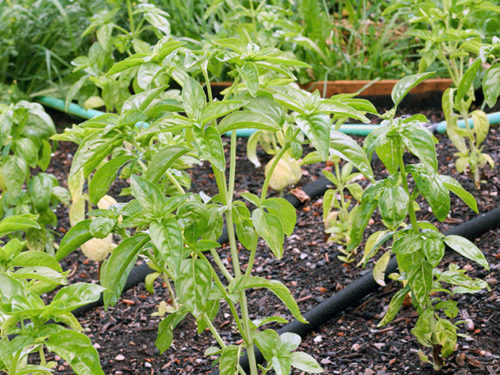
Basil does not require much care. During the vegetation of the Basilica, it is necessary to water often and abundantly, as the plant does not tolerate drought. Also, the soil on the garden periodically needs to be exploded to ensure the access of oxygen into its layers. Be sure to remove the weeds from bed. This is especially true of the formation period, when weeds can simply "score" weak basil plants.
Collection, billet and use of basil
Collection of leaves of the plant begins after their complete formation and ends during its flowering period. The leaves are cut completely at an altitude of up to 10 cm from the surface of the Earth. When the basil begins to bloom, its leaves become more fragrant and have the most rich taste.
Basil leaves are used both in dried and fresh. Dried basil is perfect for the preparation of pickles, alcoholic beverages, meat dishes. Fresh leaves of the plant are perfectly suitable as one of the ingredients for the preparation of salads and various sauces.
To continue the storage period of the basil, it is dried. The collected leaves are carefully laundered and decomposed onto a steel sheet. For this you can use a baking sheet. In the summer, the leaves of the Basilica will dry several days. After that, they are carefully mistaken, preparing a dry spice.
Useful properties of Basilica

Basil today is one of the most popular, and at the same time useful, seasonings:
- Due to the fact that the culture contains phytoncides, it has antibacterial and anti-inflammatory actions. With this herb, you can remove mucus from the nose and lungs. Culture is also known by the fact that it contributes to the best suction of nutrients and improves memory. Basil is recommended more often in the diet to people who are sick rheumatism and arthritis.
- Its leaves contain vitamin C and P, which strengthen the walls of blood vessels. Due to the fact that it contains vitamin A, this spice has a positive effect on the condition of hair, nails and skin. The plant is useful in treating various colds and infectious diseases. In particular, it is ARZ, asthma, inflammation of the lungs and bronchitis.
- In addition to the presence of a large number of vitamins, Basil has excellent antioxidant properties. It is perfect for the treatment of colds, infertility, insomnia and nervous system disorders.
- From the plant, solutions are made to rinse the oral cavity for disinfection. They are able to treat ulcerative lesions, stomatitis.
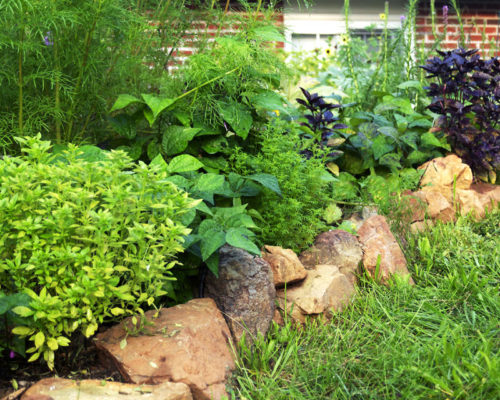
- Infusion Basilica is used for caries, dental stones and dental raids. He also prevents the dental loss. However, the basil contains mercury compounds, which, on the contrary, are harmful to teeth. Therefore, it is not worth the treatment of dental diseases to chew this plant in its pure form. To this end, only chasters or infusions are used.
- Removes spasms of blood vessels, and also positively affects the nervous system and stomach, reduces gas formation. This grass is useful and with kidney stones. In particular, it is able to reduce the level of uric acid, which is the main cause of the formation of stones. At the same time, the basil relieves pain and contributes to the dissolution of small stones.
- Culture is recommended to include in the diet of people who have a weakened immunity, as well as people who have suffered heavy operations. The plant helps to recover faster and strengthen health. And due to the fact that it has wound-healing properties, the seds that remain after the operation are faster when using basilica.
Basilicus and fight against them
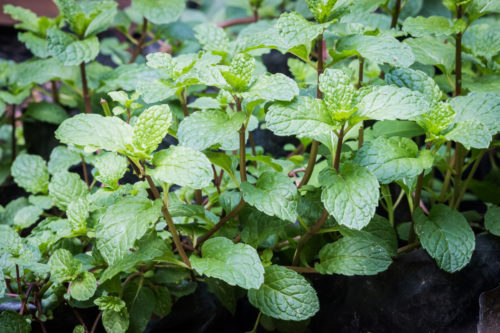
Basil - a plant that, with proper care, is sick rather rarely. However, with incorrect or too abundant watering, high humidity of soil and air, the nestness of the bed, the incorrect preparation of the soil plant can get sick. The most frequent problems of basil are fungal diseases:
- Blackleg. The disease basically affects plant seedlings. The reason for the occurrence of this disease is a fungus, which is found in the soil. The disease received its name in the appearance of the diseased plant. Based on its stem, a black stain appears due to the purchase of vessels by which nutrients. The plant over time begins to yellow and dies. In addition to excessive moisturizing the soil on the appearance of a black leg may affect its acidity. You can prevent the appearance of the disease, by observing the recommended irrigation regime, follow the acidity of the soil on the site.
- Fusariosis. This is a fungal disease, the cause of which is the activity of the fungus of the genus Fusarium. The disease amazes both the seedlings of the Basilica on the garden and adult plants. During his life, the fungus highlights toxins that affect all plant systems, from which the latter dies. The first sign of the appearance of the disease is to pass the legs of the plant, and in adult plants begins to die the top. The reasons for the appearance of the fungus are the wrong watering, sowing infected seeds, improper preparation of the soil before planting.
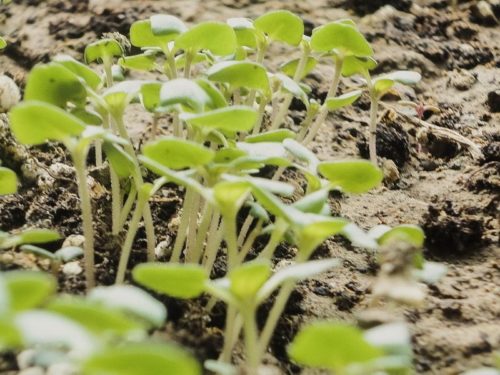
- Gray rot. Basically affects a basil that is grown in greenhouses. The reason is the activity of the fungus Botrytis Cinerea, which can be entered with infected soil or seeds. The first leaves are beginning to suffer the lower leaves, which are yellow, and then the disease spreads throughout the bustice.
Fight with diseases is better not allowing their appearance. There are several simple steps, the execution of which allows you to get rid of extra problems when careing and growing the basilica:
- Be sure to observe the crop rotation of plants on the site.
- Before sowing to process the basil seeds with a solution of manganese.
- Observe the rules of watering, and avoid excessive convergence.
- If plants are grown in a greenhouse or a greenhouse, they need to be periodically ventilated to reduce air humidity.
- After the appearance of Basil shoots, they need to be switched.
- You should constantly explode the soil after watering the basil in the open soil.
- If there is a disease, contaminated plants should be removed with the land.

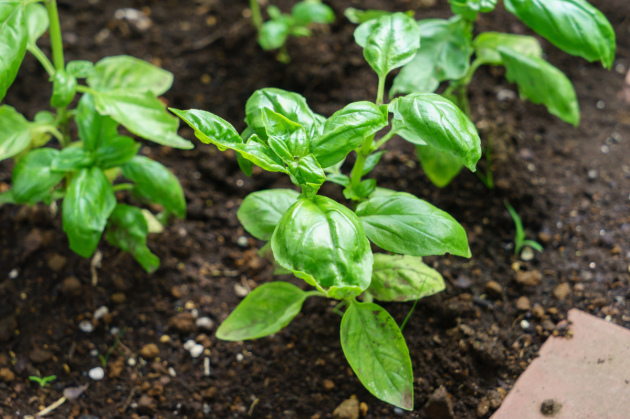
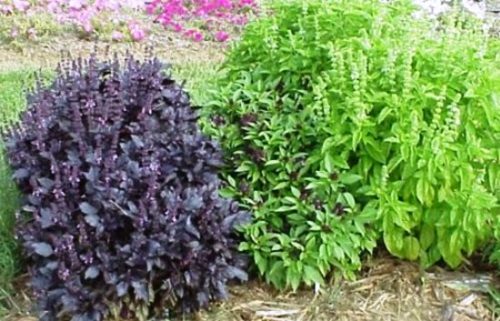
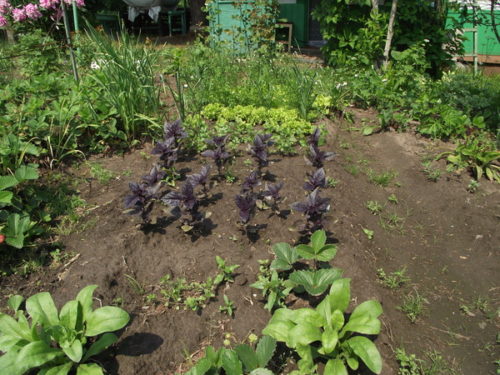
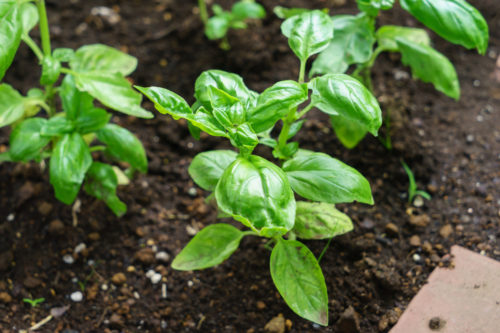
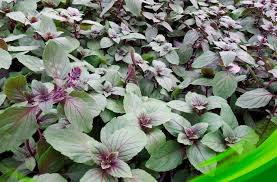












 Start a discussion ...
Start a discussion ...